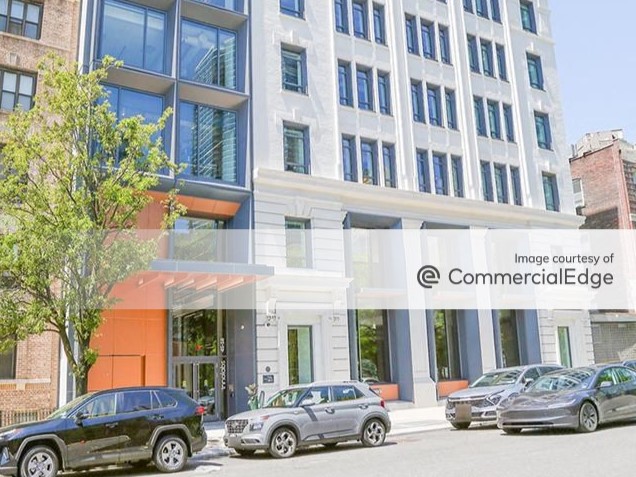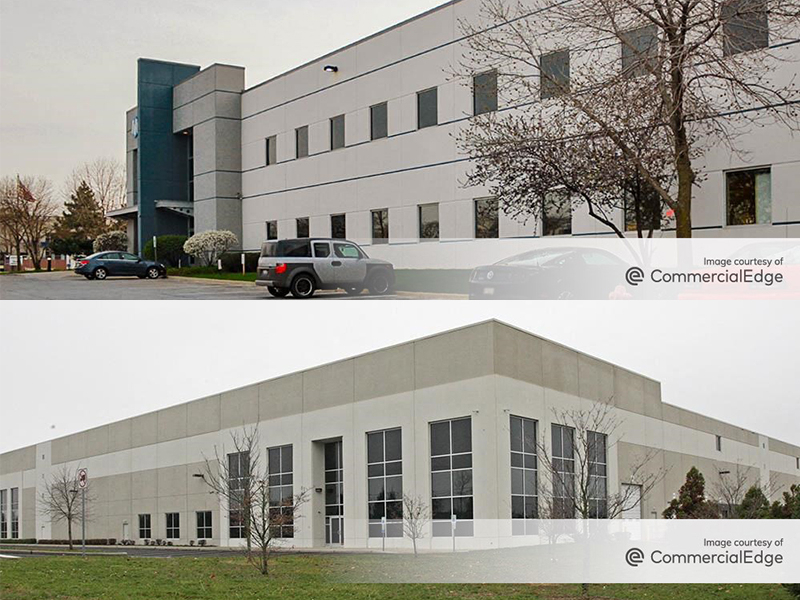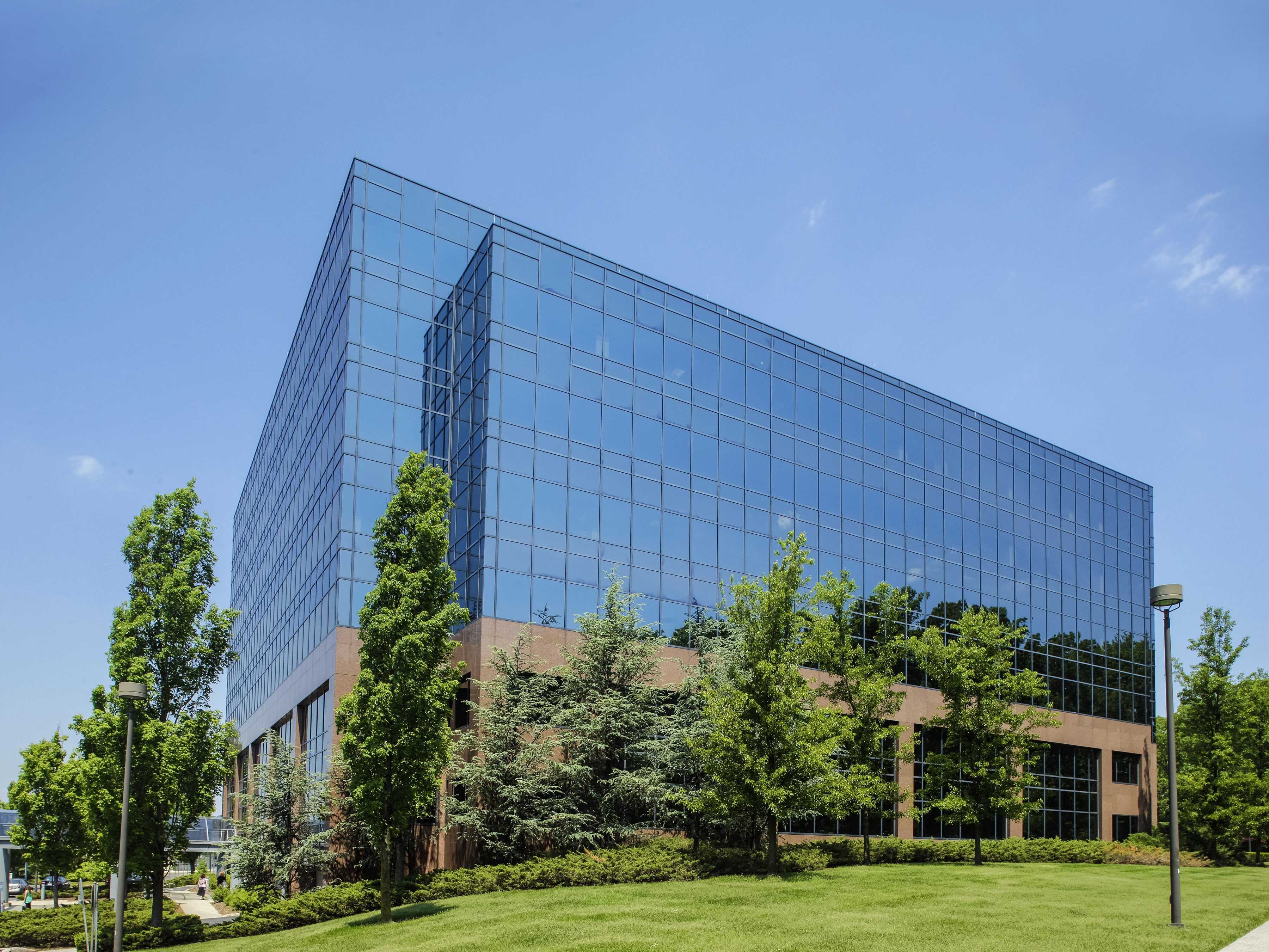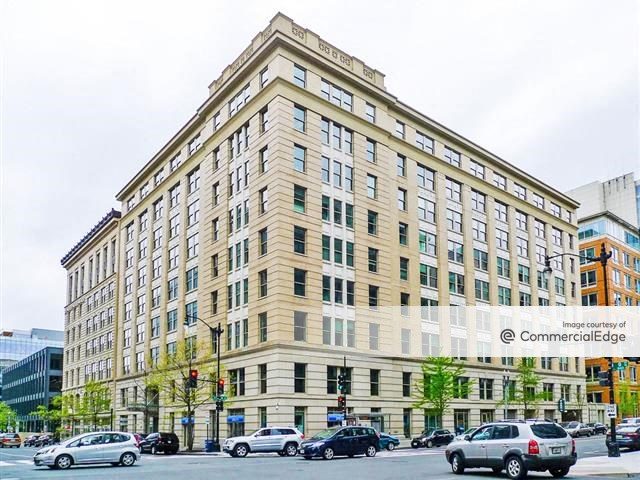5 Overlooked Insurance Gaps That Could Hit Your Bottom Line
This is no time for commercial property owners to be underinsured, writes James "Chip" Stuart of Hub International.

From California wildfires, Florida hurricanes, Texas and Midwest storms to higher premiums, fewer coverage options and, in some cases, a limited availability of insurance altogether, the commercial real estate insurance outlook is getting more and more complex. Inflationary pressures haven’t helped either. Together, these forces and others have caused a dramatic spike in insurance costs, leaving property owners exposed to potential financial risks.
While some challenges affecting the insurance market may eventually stabilize. Others—particularly those driven by climate change—are expected to persist long-term. As a result, real estate owners and operators are finding themselves vulnerable to gaps in their insurance policies—sometimes without even realizing it.
It’s important to take proactive steps to identify and address these coverage gaps.
READ ALSO: Understanding the Net Lease Reset
1. Multiple insurers as a source of hidden risk
Historically, property owners could rely on a single insurer to cover their operations, but increasing property values and tighter insurance markets now force many to turn to layered policies and working with multiple carriers. The complexity of this approach often creates misalignments between policies, leaving unintentional gaps in coverage, and these gaps can lead to serious financial consequences down the road if not properly addressed.
Layering involves working with different insurers to reach the necessary policy limits. For instance, one policy may cover flood damage but not wind damage, while another could cover wind but not flooding. If a storm causes both, the owner could be left covering costs out-of-pocket. Different insurers can mean different policies and terms and conditions which is difficult to navigate after a claim. Real estate operators should work closely with brokers who understand the complexities of layered policies to ensure they minimize these gaps.
2. The vacant property problem
Real estate portfolios often include properties that are occasionally vacant. Most insurers treat vacant properties as a higher risk and may raise premiums or reduce or even eliminate certain types of coverage after a property has been vacant for a specific period—typically 30 or 60 days. Compounding this issue, some policies include a “protective safeguard endorsement,” which mandates that vacant buildings must maintain certain safeguards, such as functional sprinklers or security lighting.
There is no warning from the insurance company that their terms and conditions change when there is a vacancy. Property owners should regularly inspect vacant properties and document these inspections to avoid being classified as vacant under the terms of their insurance policies. Designating a property as “unoccupied” rather than “vacant” may help, provided security measures or regular maintenance checks are in place.
3. Roofing challenges and catastrophic insurance
Half of the top 10 costliest natural disasters have occurred in the last decade. In states prone to natural disasters, such as Florida and California, insurance companies have introduced policies that limit the coverage provided for older roofs. These policies often contain an “actual cash value” endorsement, which reimburses property owners based on the depreciated value of the roof rather than its full replacement cost, leaving the owner responsible for the remainder of the repair or replacement cost.
Property owners should ensure their policy covers the full replacement cost for the roof and other structural elements. Those in high-risk areas should proactively assess their roofs and consider upgrading them before damage occurs.
4. Executive liability exposures
Limited liability corporations are a common structure in real estate, often involving multiple owners. However, they face unique risks related to management decisions and employment practices. Directors and officers insurance and employment practices liability insurance are essential for protecting owners from real and frivolous lawsuits. These policies usually exclude claims from before the policy’s start date unless retroactive coverage is obtained.
To secure this protection, property owners should work with insurers to disclose any potential claims or pending litigation at the outset. Staying with the same insurer helps as they are more inclined to assume liabilities from the past. This ensures that coverage extends to preexisting issues, preventing costly legal disputes down the line.
5. Percentage deductibles and increasing out-of-pocket costs
Many real estate policies for catastrophic perils such as wind now use percentage-based deductibles, which can be much higher than fixed-dollar deductibles. These are calculated as a percentage of the property’s total insured value. For instance, a $20 million property with a 10 percent deductible for hurricane damage would require a $2 million deductible before coverage kicks in, often surprising property owners during disasters.
Property owners should review their policies carefully and consider alternative deductible structures, such as lower percentage deductibles or fixed-dollar deductible buy downs, particularly for high-risk properties in disaster-prone areas.
Addressing the gap crisis
By working closely with experienced brokers, regularly reviewing policy terms and staying on top of industry trends, real estate owners can better protect themselves from unexpected financial losses. In today’s volatile market, ensuring you have comprehensive insurance coverage is essential to safeguarding financial stability.
James “Chip” Stuart is the corporate chief sales officer and practice leader for global insurance brokerage Hub International’s real estate specialty in North America.







You must be logged in to post a comment.